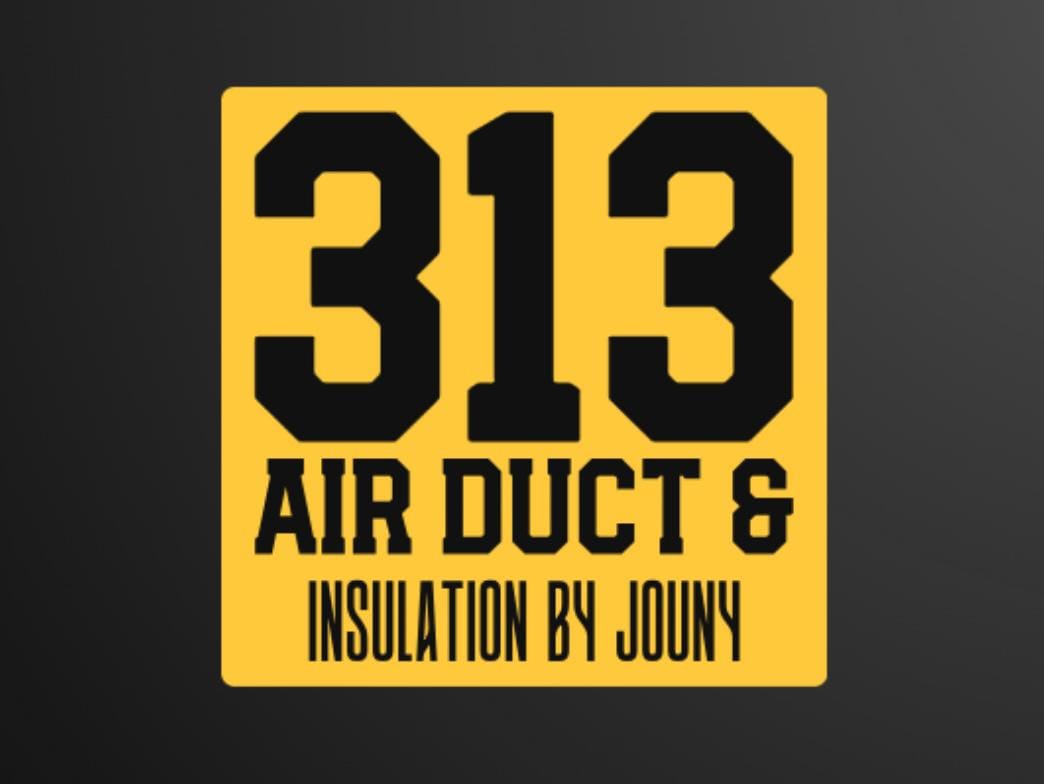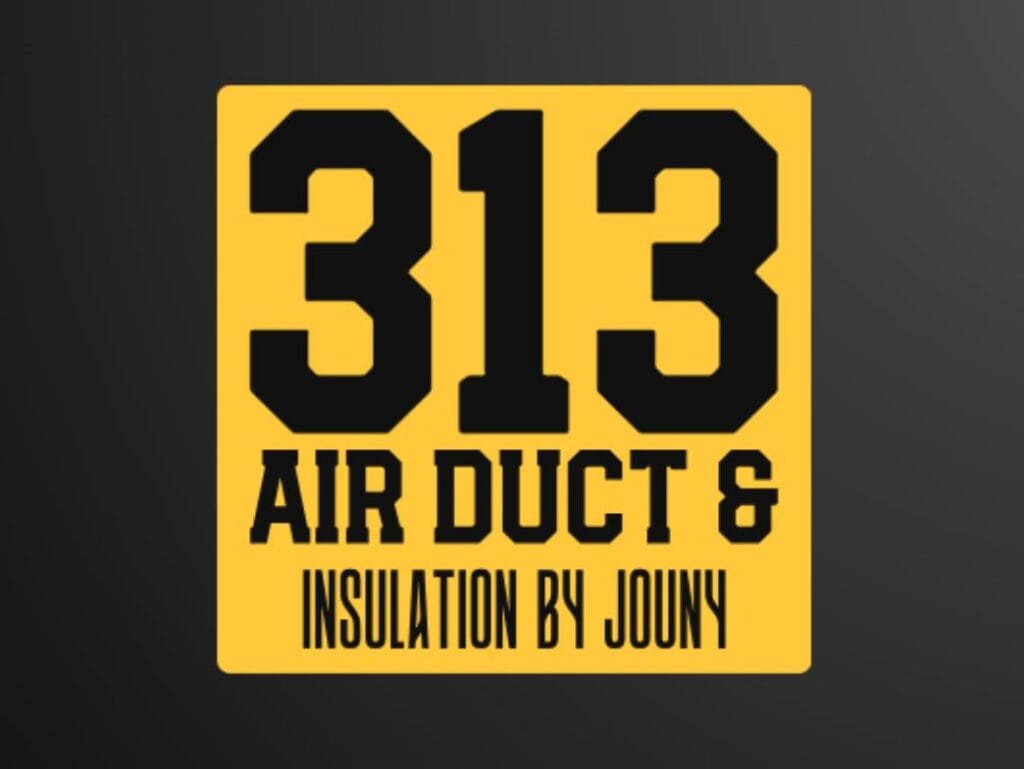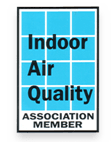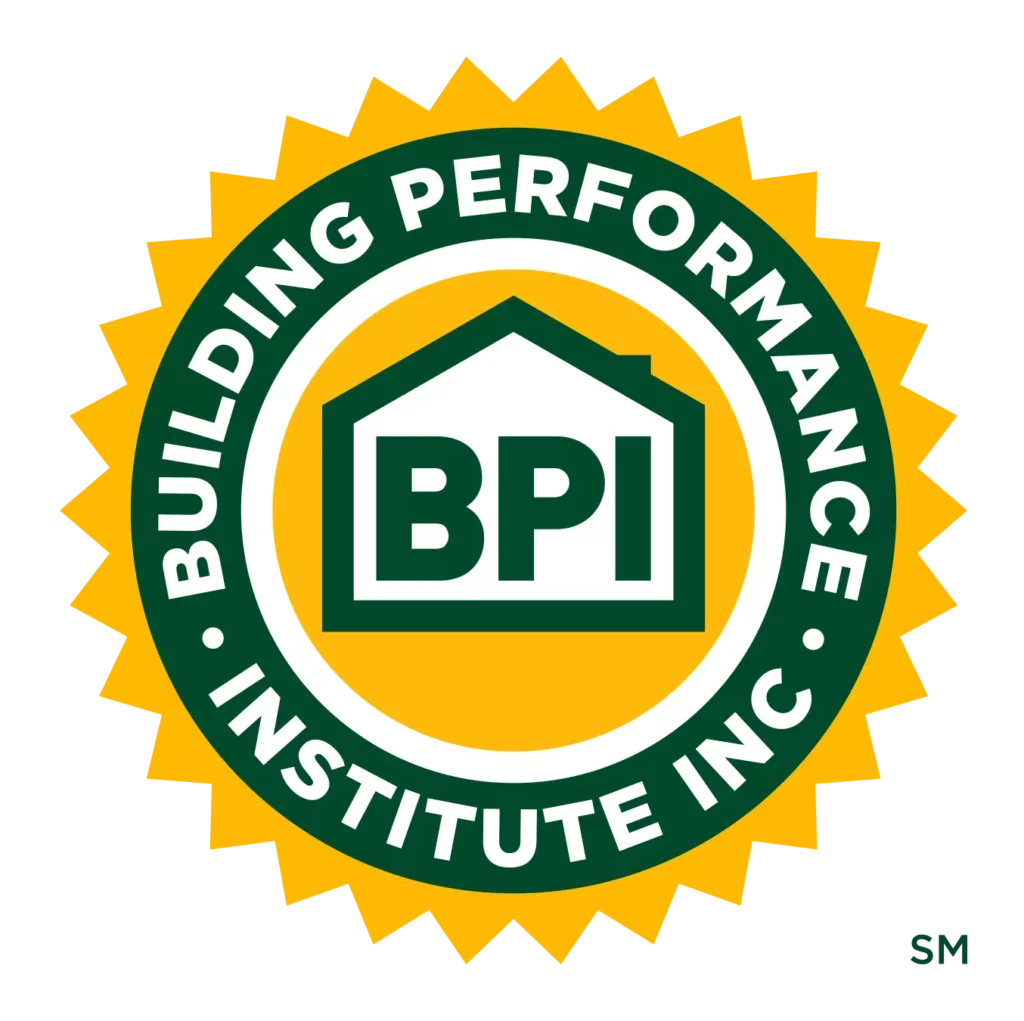Free Online Quote
Free Online Quote
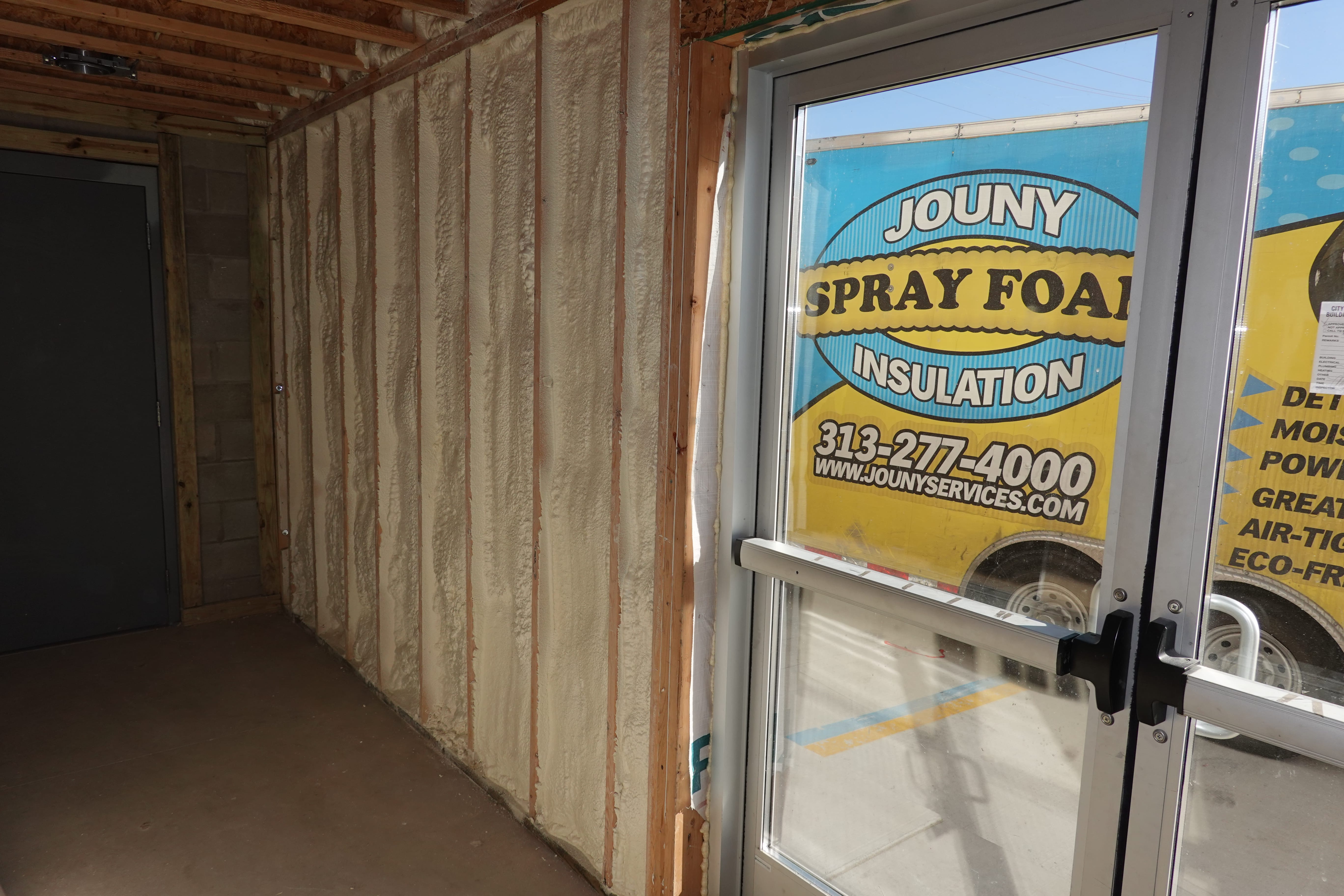
Types of Insulation Every Homeowner Should Know
Home insulation is not a one-size-fits-all deal. The type of home and climate zone you live in affect your choice of insulation material. Insulation controls temperature, helps save on utility bills, and can also offer fire protection and soundproofing.
So, which is the best insulation? In this blog, we’ll compare and contrast different types of home insulation. After a full inspection, 313 Air Duct & Insulation’s experts will recommend the best insulation material to meet your needs.
Insulation Basics
Before purchasing insulation, consider the R-value of each product. The R-value measures resistance to heat flow; higher R-values mean better insulation. Not every home needs the highest R-value, especially in milder climates. Homes in warmer areas still need insulation to keep cool during hot months but may not require the highest R-value.
Fiberglass is a common, inexpensive option, though proper protective gear is essential when handling it. Cellulose insulation is made from recycled paper, sometimes with added borate for fire and insect resistance. Foam is popular due to its easy installation and low cost, with rigid foam board being a DIY favorite.
Mineral wool, including rock wool or slag wool, is made from natural minerals and sometimes includes slag, enhancing fire resistance. Denim insulation, made from recycled jeans and cotton, is eco-friendly but costly. Natural fibers like cotton, straw, hemp, and sheep’s wool are eco-friendly options but typically need treatment for fire, mold, and insect resistance.
Safety Considerations
When preparing for insulation installation, consider the hazards of each material. Wear closed-toe shoes, long pants, a long-sleeve shirt, safety gloves, glasses, and a mask. Ventilate the space if using batts, rolls, blown-in, or spray foam insulation, as they can irritate the skin and airways. Be cautious with existing insulation, especially in older homes, due to potential asbestos risks. If asbestos is encountered, stop immediately and seek professional help.
Types of Insulation
– Loose-Fill Insulation
Loose-fill insulation is blown or sprayed into place, typically using fiberglass or loose mineral wool. It suits hard-to-reach or oddly-shaped areas. It’s environmentally friendly but may settle over time and can form mold if wet.
-Insulation Rolls
Insulation rolls, made from batting materials, are rolled out between wall and ceiling framing. They are ideal for long, continuous spaces and can be a cheaper option that you can install yourself. Batts are similar but come in smaller pieces, making them easier to handle.
-Foam Board Insulation
Foam board insulation has a high R-value and is rigid, suitable for roofs, walls, and foundations. It’s common in colder climates for its high resistance to heat flow but is more expensive.
-Spray Foam Insulation
Spray foam insulation is a liquid latex that expands and hardens, used in open wall cavities. There are two types: open-cell foam, which is less expensive with a smaller R-value, and closed-cell foam, which is denser with a higher R-value.
-Wall Injection Foam Insulation
Injection foam insulation is used for retrofitting existing homes, installed from the outside through materials like shingle, brick, vinyl siding, block, stucco, and aluminum siding. It fills crevices and small spaces, hardening into a solid, lightweight barrier for increased energy efficiency.
Choosing Insulation
Consider where the insulation will be installed. Insulating the attic, outer walls, and crawl space is crucial due to high heat transfer in these areas. Water heaters, pipes, and air conditioning vents should also be insulated. The installation process affects your options; new constructions can use materials like SIPs, ICFs, and concrete block insulation, while renovations might require DIY-friendly materials like batts, rolls, radiant barriers, loose-fill, blown-in, spray foam, rigid foam, and recycled materials. Assess the home’s needs before choosing the best insulation material for your project.
While there are many types of insulation, not all are created equal. If you still have questions about choosing the best insulation solution, contact 313 Air Duct & Insulation to talk to an experienced installer and schedule a free home insulation inspection.
What makes air duct cleaning essential?
Beyond the typical buildup of dust and dirt that naturally occurs in all households through everyday activities, several other factors amplify the necessity for air duct cleaning. These factors include..
- Pet Hair and Dander
- Allergens and Irritants
- Microbial Growth
- Excessive Household Dust
- Smoke and Cooking Odors
- Renovation or Construction Projects
- Asthma, Pollen, Mold
- Dust Mites
Air Duct Cleaning Companies Aren't All Equal!
When you’re making an investment in air duct cleaning services for your home, clarity is key. Don’t settle for misleadingly low quotes that result in disappointment. At 313 Air Duct & Insulation by Jouny, we prioritize transparency and offer fair prices upfront, ensuring quality workmanship.
Our sterling reputation with the Better Business Bureau and recognition as a Super Service Provider by Angi underscore our commitment to excellence. At 313 Air Duct & Insulation by Jouny, we’re dedicated to more than just selling a service – our mission is to empower you with the knowledge and resources needed to make informed decisions about the cleanliness of your home or business’s air ducts.
